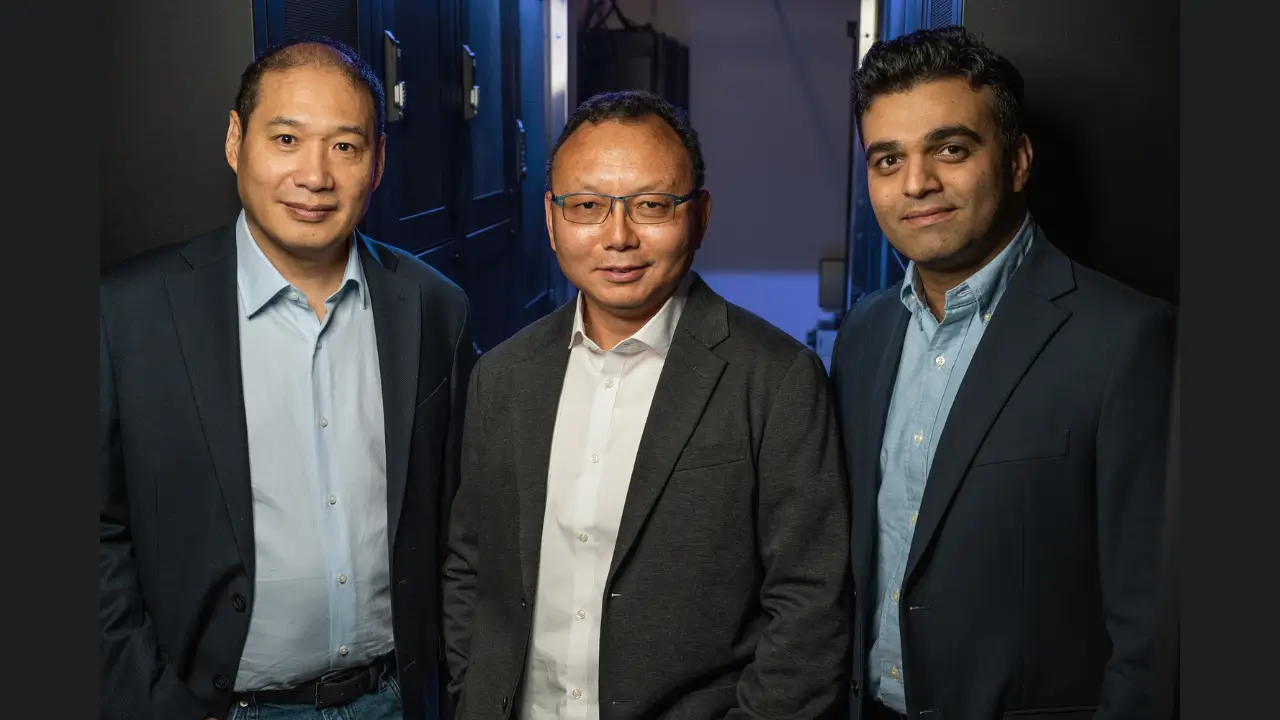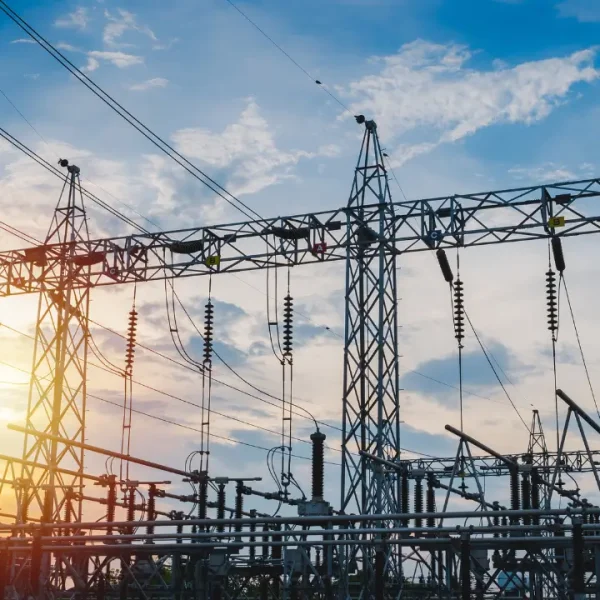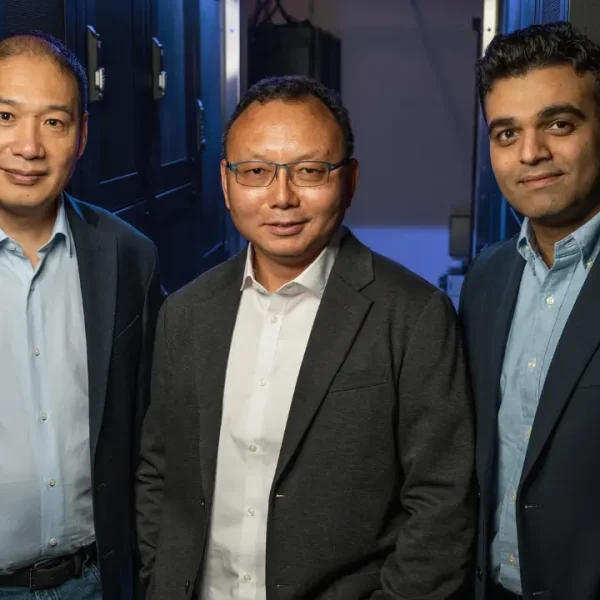PowerLattice founders Gang Ren (Head of Engineering), Dr. Peng Zou (CEO & President), and Sujith Dermal (Head of Systems & Apps)
We’re seeing a reality that’s increasingly hard to ignore: AI’s expansion is running into an electrical wall, not a financial one. Data centers are carrying heavier compute loads than ever, and with individual AI chips drawing more than 2 kilowatts, today’s power systems were never designed for this kind of demand.
It’s in this growing mismatch that PowerLattice has surfaced from stealth, positioning its solution to tackle what many see as AI’s defining constraint.
The company, founded in 2023 by veterans of Qualcomm, NUVIA, and Intel, introduced a power delivery chiplet designed to bring energy directly to the processor, reducing loss and shrinking the overall footprint. PowerLattice is now backed by $25 million in Series A funding, led by Playground Global and Celesta Capital, bringing its total raised to $31 million.
Playground Global’s Pat Gelsinger framed the problem directly: AI’s bottleneck is power. Calling the chiplet “a dramatic breakthrough,” he underscored its potential to influence the trajectory of next-generation computing.
The wider context shows why this matters:
Data center energy use could triple by 2028, potentially reaching 12% of U.S. electricity. Research suggests AI workloads alone may represent a quarter of that consumption. Without new approaches, operators risk facing untenable energy costs, stalled deployments, and regional grid constraints.
PowerLattice has already begun manufacturing its first chiplets through TSMC for a customer currently testing the solution, with broader availability expected in the first half of 2026.
From our vantage point, the company is stepping into a space where alternatives are rapidly gathering pace. Empower Semiconductor, for instance: fresh off a $140 million Series D, is pushing integrated voltage regulation and partnering with Marvell on custom power platforms. The growing field of contenders underscores just how large this challenge is, and how urgent the need for solutions has become.
Dr. Steve Fu of Celesta Capital noted that the challenge is technically complex, with past attempts falling short over two decades. That history places heightened expectations on PowerLattice’s founding team, led by CEO Dr. Peng Zou, with engineering head Gang Ren and systems lead Sujith Dermal.
The implications extend far beyond one startup: the world’s ability to sustainably scale AI hinges on breakthroughs in power delivery, efficiency, and design integration.












